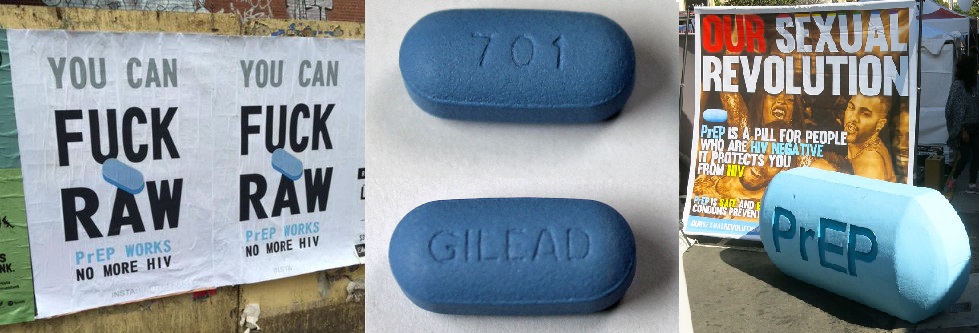
With just a push of a button, you can summon a car driven by…. who exactly?
For many, Uber has turned out to be a disaster. It was a great idea: push a button, get a cab, and pay less through supply-and-demand pricing. Some riders love Uber and use the service frequently, but others have been injured or assaulted and left unprotected. Drivers are becoming disillusioned with Uber’s ruthlessness, and the least-desperate among them are quitting or cutting down dramatically in favor of a second job.
In so many ways, Uber just isn’t what it was cracked up to be.
Price Gouging
To remain competitive, Uber has repeatedly slashed prices by ten, twenty, or twenty-five percent in cities like New York, Singapore, and Chicago. This is great for the consumer, and Uber cars are now being advertised as “cheaper than cabs,” but this has not come with reduced mandatory commission payments from drivers, which have remained at twenty to thirty percent.
Uber continues to lure drivers in with the promise of incomes of “up to $90,000 annually” but this figure is improbable at best. Uber continues to add new drivers to the road (Uber cars now outnumber yellow cabs in NYC), which amounts to faster service for riders but dramatically increased competition for drivers. With fewer fares for even less money at the same commission rate, it has become increasingly difficult to make a living with Uber.
Fend For Yourself
Drivers that rely on Uber as a part-time job like it because they use their own car on their own time. But this autonomy also means that drivers are responsible for their own gas and mechanical services, which can turn a slow day with far-apart fares into money lost, rather than earned. Drivers with old or worn-down vehicles are required to purchase new ones. Uber offers high-interest, no-credit-check financing plans and loans—the payments for which are extracted from Uber paychecks.
Any complaints that drivers have are handled through Uber’s web interface, where emails are matched by keywords to automatic responses. There is no in-person or direct way to reach Uber. Riders can use the lost-and-found feature to acquire access to driver phone numbers that are supposed to be promptly deactivated, but evidently are not. Drivers (especially female drivers) have reported being harassed or threatened by customers, and being unable to acquire assistance and guidance from Uber.
Service and Safety
Because Uber is such a new company, its overall customer service policy is to be as rider-centric as possible. Drivers are ranked on a five-star rating system and must maintain a 4.6 standing in order to remain “activated”. As a result, a few or even one low-star rating can get a driver fired—or “deactivated,” since the company avoids TLC regulations by denying it has “employees,” which in turn allows them to deny being a “transportation service.” Drivers have reported being threatened into traffic violations by passengers wielding the weighty rating system.
Don’t be fooled into thinking that this system makes riders safer. Dozens of riders have been raped, harassed, and attacked (even mauled by hammers) by Uber drivers.
Uber’s terms of service revolve around the specification that their drivers are unaffiliated third parties, rather than employees. Thus, Uber does not guarantee the “safety or ability” of Uber drivers and “will not participate in disputes” between riders and drivers. Uber refuses any liability related to a transaction or relationship between a driver and a driver. By using the Uber service, you “acknowledge that you may be exposed to situations…that are potentially unsafe, offensive, harmful to minors, or otherwise objectionable.”
I don’t care how “convenient” Uber is, or that 99% of rides are probably safe. I won’t support a company that values profit more than the well-being of its partners or riders. I’ll boycott Uber until they treat people better, and happily stick my arm out for a good old medallion cab.




